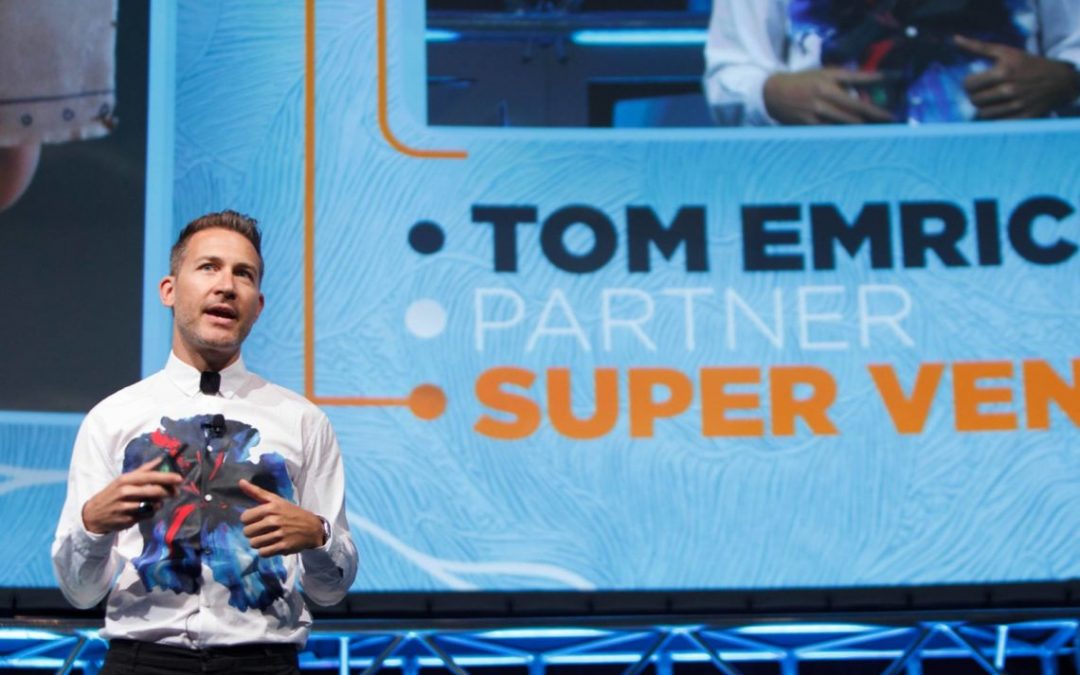Every day last year, the average North American consumed over 10 hours of digital media. On-demand streaming and the internet have transformed how individuals interact with screens, with most spending more time in front of a monitor than any other activity – including sleeping. Constantly seeking the rush of engaging with new material, consumers aren’t gripped by their hardware – phones, TVs, or laptops – but are drawn in by unique, well-crafted content.
In 1996, Bill Gates first coined the phrase “content is king”. Today, his statement is truer than ever.
The same is true of the VR industry. The past 24 months have seen the rapid proliferation of headsets, with companies vying to create the sharpest, most realistic display. Now, the hardware cycle is drawing to a close. After the release of Magic Leap One earlier this month – the most anticipated launch in the sector – the industry’s best minds have shifted to content.

That trend has been keenly anticipated by the VR/AR Global Summit. One of the largest industry events in North America, the Vancouver-based conference will spotlight how tech giants and startups are creating new ways to visualize and interact with virtual worlds. It’s a focus that conference speaker Andrew Melchior, an executive producer who has married the music of Björk and Massive Attack to VR, believes will help the industry go mainstream.
“Bibles sold printing presses,” he says. “Shared experiences such as the Coronation of Queen Elizabeth and the televised moon landings made people buy TVs. Real time mapping, fart apps, and music players sold iPhones. It goes on and on. Already a Battle Royale [has] happened in the past five years for buying first option broadcast rights for AR content across sport, music, comics, and films. I think this is a good thing, as the gigantic pockets of Apple, Google, Magic Leap, Huawei and such like will help fund the creative endeavours of a whole new content ecosystem.”
The VR/AR Global Summit is poised to bring together apps from different corners of the sector. Speakers from goliaths like Amazon, Ford, and IKEA will rub shoulders with Vancouver up-and-comers including Motive.io and LNG Studios, each showcasing programs that put hardware like HTC Vive or Microsoft HoloLens through their paces. Highlighting the content from these creators will, Summit speaker Charlie Fink believes, help usher in a world where head-worn displays are commonplace.

“Conferences like the VR/AR Summit proliferate on the cusp of disruption,” says the columnist and author. “Like internet conferences in the 90s, mobile conferences in the aughts, social media conferences earlier this decade, or XR conferences like this one today, everyone is desperate to understand what’s happening.
“Making hardware is incredibly hard, expensive, and time consuming,” continues Fink. “Magic Leap is tackling this as a humble start up with $2.3B. Peoples’ eyes are popping out, but these guys are going up against Apple and Microsoft, hoping to develop a third way. [But] Magic Leap, like all the devices that came before it, is dependent on the ecosystem of independent developers and entrepreneurs who build cities at the foot of the mountain, so to speak.
The increased recognition of content development has lead to some of the most inventive uses for VR and AR. In the past year alone, the technology has enabled individuals to remotely pilot submarines in virtual reality, monitor stress levels based on eye movement, and help athletes improve their game. While it might not yet boast a killer app like email, e-commerce, or social media, VR and AR are quietly transforming the way users interact with the analogue world.
For Christopher Lafayette, an advisor on VR and AR in Silicon Valley who will be talking about the need for diversity and inclusion in the industry at the Summit, the most interesting integrations are occurring in the medical and manufacturing sectors.

“Manufacturing environments are now seeing early entry employees operate machinery with augmented guidance at a very fast learning pace,” he says. “Products are being built and delivered quicker to consumers. This is a signature component of future city development. MedTech is significant, too, specifically in the VR vertical. Surgeons, psychologists, occupational therapists and nurses are given new immersive tools to deal with pain management, PTSD, experimental treatments, pre-surgical discovery, and surgery operations. It’s personally one of my favorite aspects of this industry.”
At this point in the technology’s life cycle, says Cathy Hackl, futurist at You Are Here Labs and partner at Mixed Reality Ventures, the VR/AR Summit is right to focus on content rather than hardware. Hosting discussions that will cover education, 5G technology, blockchain, esports, and location-based entertainment, the September 21-22 event will feature two full days of talks, panels, workshops, investor events, and pitchfests, all offering fresh examples of both commercial and enterprise creations. In Hackl’s view, the most exciting part of the sector is trying out new experiences.
“I speak all around the globe and I urge creators and devs to join our industry for a simple reason,” she says. “While the hardware is universal, there will always be a need for culturally relevant content in VR. This presents a great opportunity for creators, developers, journalists, and artists, across all cultures and nations.”
Source: VR Scout

